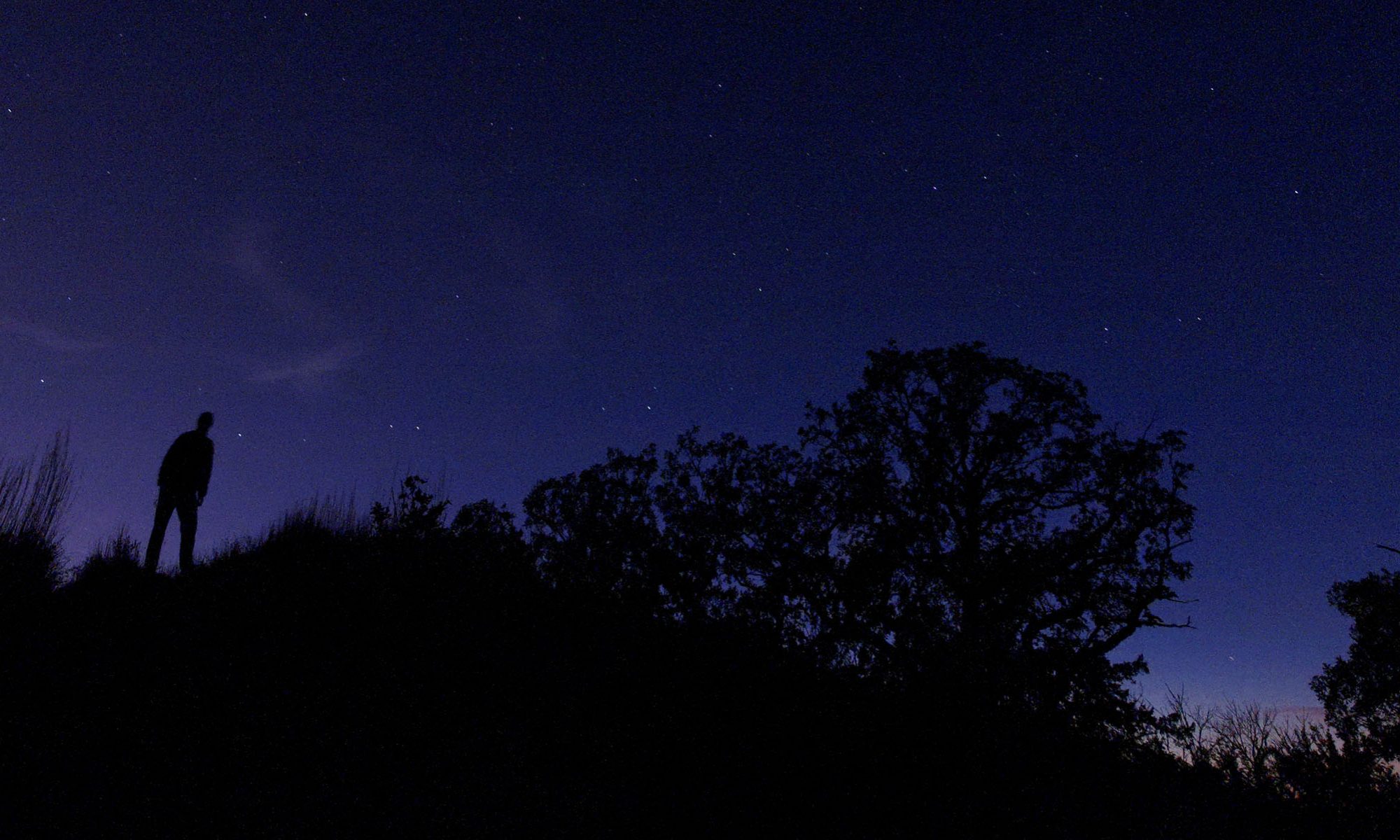Hitchcock Nature Center was one of my first study sites once I came to Trinity. I have visited it annually since 2002 when I began taking soil cores from Badger Ridge. They were part of an initial study to link local climates to the magnetic properties of modern soils. Over the following years we have measured erosion rates at HNC to assist the local natural resources manager in managing the park and to estimate how rapidly soils acquire a magnetic signal.
In recent years I have focused on the effects of prescribed fires on soil magnetic properties. Soils can become strongly magnetic if exposed to temperatures above ~300°C, which could complicate the interpretation of soil magnetic properties in terms of climate. Our studies have shown that prescribed fires in tall grass prairie and oak savanna rarely become hot enough to alter the magnetic properties of the soil. Frequent prescribed burns leave little fuel to accumulate, most heat radiates upward rather than downward into the soil, and grass fires move too quickly to significantly raise soil temperatures.
Current research maps fire intensity on the hillside level, and attempts to reconstruct pre-historic fire frequency and severity based on the study of soil and sediment cores.
